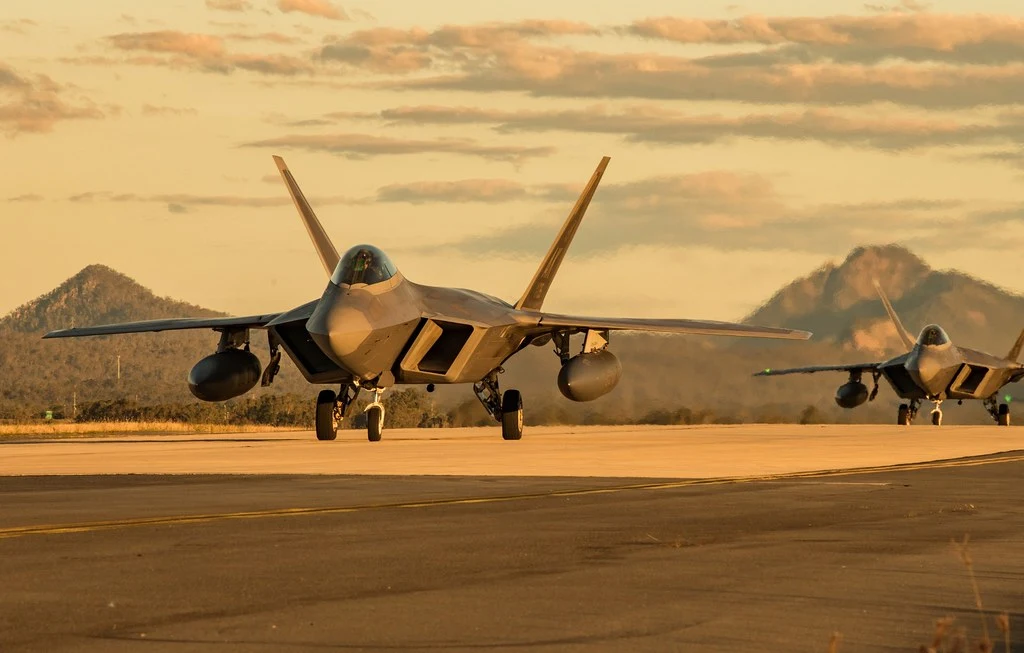Introduction
We have been hearing a lot about China’s advanced fifth-generation fighter jet, the J-20, which has been in development for quite some time. However, what many people don’t know is that the development of this fighter jet may have been aided by the theft of US military data. In this article, we will delve deeper into this issue and explore the evidence supporting this claim.
The J-20 Fighter Jet – A Brief Overview
Before we get into the details of the alleged theft of US military data, let’s first take a brief look at the J-20 fighter jet. This aircraft is China’s answer to the US F-22 Raptor and F-35 Lightning II, and is designed to be a formidable opponent in air combat. The J-20 made its debut in 2011, and has since undergone several upgrades, with the latest version being the J-20B.
The Alleged Theft of US Military Data
According to experts, the development of the J-20 fighter jet may have been aided by the theft of US military data. In 2007, Chinese hackers reportedly breached the computer systems of US defense contractor Lockheed Martin, which was working on the F-35 program at the time. The stolen data allegedly included information on the F-35’s advanced stealth technology, which may have been used to improve the J-20’s own stealth capabilities.
In addition to the Lockheed Martin hack, there have been other instances of alleged Chinese cyber espionage targeting US military technology. For example, in 2014, Chinese hackers reportedly breached the computer systems of the US Office of Personnel Management, stealing sensitive data on millions of current and former federal employees, including those with security clearances.
The Evidence Supporting the Allegations
While the Chinese government has denied any involvement in these cyber attacks, there is evidence to suggest otherwise. In 2013, a report by US security firm Mandiant identified a unit of the Chinese military as being responsible for a large number of cyber attacks targeting US businesses and government agencies. The report detailed how the unit, known as “APT1”, had stolen large amounts of data from more than 140 organizations across 20 industries.
Furthermore, in 2018, the US Department of Justice indicted 10 Chinese intelligence officers for their alleged role in a hacking campaign targeting US and European aerospace companies. The indictment claimed that the hackers had stolen sensitive data on turbofan engines used in commercial airliners, as well as other aviation technologies.
Conclusion
In conclusion, while it may never be possible to prove beyond a doubt that stolen US military data played a role in the development of the J-20 fighter jet, there is certainly evidence to suggest that this may be the case. The alleged cyber attacks against US defense contractors and government agencies are just one example of the growing threat posed by state-sponsored cyber espionage. As we continue to develop ever more advanced military technologies, it is imperative that we take steps to protect them from theft and misuse.

1 thought on “China’s J-20 Fighter Jet: Did Stolen US Military Data Play a Role?”